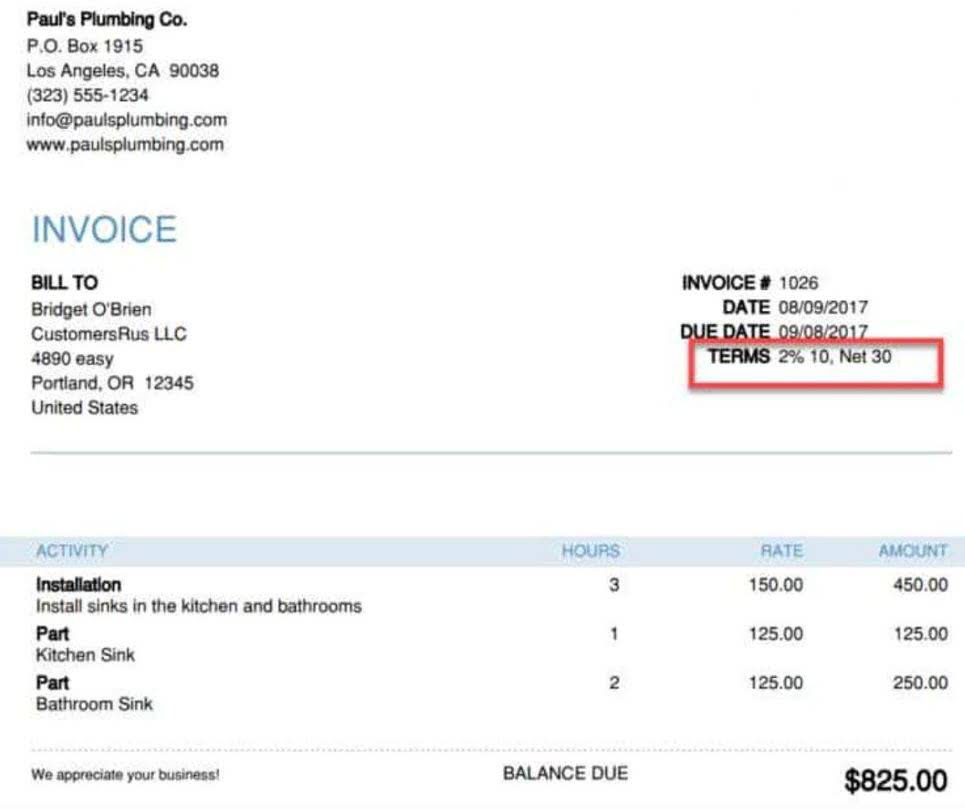
The audit risk generally features two categories – risk regarding evaluation of financial materials and risk regarding the affirmations created by evaluation of financial documents. The auditor needs to understand and assess the client’s internal control over financial reporting and conclude whether those control could be relied on or not. This kind of risk could also be affected by the external environment, such as climate change, political problems, or other PESTEL effects. Auditors are required to assess those kinds of risks and set up audit procedures to address inherent risks properly. They can however balance these risks by determining a suitable detection risk to keep the overall audit risk in check.

What is the purpose of Composite Risk Management?
- The outcome is that the auditor would conclude that there is no material misstatement of the financial statements when such an error actually exists.
- Detection Risk is the risk that the auditors fail to detect a material misstatement in the financial statements.
- After almost a decade of experience in public accounting, he created MyAccountingCourse.com to help people learn accounting & finance, pass the CPA exam, and start their career.
- The following is one of the best audit materials that could help you better understand audits in more depth and detail.
- Financial services companies face high inherent risk in several key financial statement areas.
- Misapplication or omission of critical audit procedures may result in a material misstatement remaining undetected by the auditor.
Control risk is considered to be high where the audit entity does not have adequate internal controls to prevent and detect instances of fraud and error in the financial statements. The audit risk model refers to a type of risk in the business in which the auditors may not issue a correct opinion about the true financial condition of the business. In this type of risk, the auditor may be unable to point out any misstatement in the financial statement. While strong internal controls can help mitigate risks, they don’t change the underlying inherent risk in complex accounting areas like revenue recognition, fair value measurements, or significant estimates. Hence, auditors must first assess inherent risk independently of controls—it forms the basis for how audits are done.

Quantitative Risk Assessment (QRA) Explained
As a result, the auditor issues an unqualified (clean) opinion, but the financial statements are materially misstated due to the overstatement of inventory. Understanding inherent risk helps auditors identify which financial statement areas need more attention, design appropriate audit procedures, determine the extent of testing needed, and focus on areas most susceptible to important misstatements. The audit risk model indicates the type of evidence that needs to be collected for each transaction class, disclosure, and account balance. It is best determined during the planning stage and only possesses little value in terms of evaluating audit performance. The detection risks are also increased when the audit team member who assigned to conduct the audit of the company’s financial statements are not competence both in term of audit knowledge and experiences as well as industry knowledge. After the auditors are able to gauge the relationship between the different components, as well as the total risk resulting as a consequence, they then aim to reduce the risk to an acceptable level.

Audit Risk Components
Ramesh firmly believes that every individual deserves to return home safely after a day’s work. It’s a platform designed to streamline safety management, empower safety professionals, and enhance safety in workplaces. A QRA study typically involves four fundamental components, each playing a crucial role in risk evaluation. In this guide, we’ll break down what QRA is, its key components, how it works, and why it matters—all in a simple and practical way. In addition, in-person interviews provide an opportunity for immediate follow-up questions. When a face-to-face interview isn’t possible, a videoconference or phone call is the next best option because it provides many of the same advantages as meeting in person.
- Safetymint’s safety software helps you digitize and streamline your safety processes to bring in operational excellence.
- Likewise, the auditor needs to reduce audit risk to acceptable low to make sure that they do not fail to detect any material misstatement that happens to the financial statements.
- Detection risk occurs when audit procedures performed by the audit team could not locate the material misstatement that exists on financial statements.
- On the other hand, if auditors believe that the client’s internal control is week and ineffective, they will tick the control risk as high.
- Failure by Auditors to identify the company’s continuous misreporting of financial statements fall under the detection category.
What is an Audit Risk Model?
But the auditors may fail to detect frauds due to nature of the transaction or limited timing of te audit procedure. Financial services companies face high inherent risk in several key financial statement areas. For example, the valuation of complex financial instruments like derivatives and structured products involves multiple assumptions and complicated fair value calculations. These inherently increase the risk of material misstatement before any controls are considered. For example, if the level of inherent and control risk is low, auditors can make an appropriate judgment that the level of audit risk can be still acceptably low even though the detection risk can be a bit high. This means auditors can reduce their substantive works and the risk is still acceptably low.
Why is audit risk so important to auditors?
The extent and nature of audit procedures is determined by the level of detection risk required to bring audit risk to an acceptable level. Auditors proceed by examining the inherent and control risks pertaining to an audit engagement while gaining an understanding of the entity and its environment. If auditors believe that the internal controls are effective in preventing or detecting material misstatement, they will perform the test of controls to obtain evidence in supporting audit risk model the effectiveness of controls before relying on the internal controls.
Audit Risks Model
Changes in the audit risk standards have arguably been the single biggest change in auditing standards in recent years, so the significance of ISA 315, and the topic of audit risk, should not be underestimated by auditing students. The inherent risk and control risk is assessed by the auditor at three levels – high or maximum risk, medium or moderate risk, and low risk. High inherent and control risks call for a low detection risk so as to have an overall low audit risk. The auditor, therefore, needs to carry out more detection procedures to be convincingly assured about the financial statements being free from material misstatements.
- Acceptable audit risk is the auditor’s level of risk that they are willing to accept to release an unqualified opinion on financial statements that can be materially misstated.
- Inherent risk is generally considered to be higher where a high degree of judgment and estimation is involved or where transactions of the entity are highly complex.
- This is due to the derivative is the type of financial instrument that is generally considered complex in the accounting field.
- Generally, an auditor will perform a control risk assessment concerning the financial statement level of risk and the assertion level of risk.
- These could include engineering controls, protective barriers, process modifications, or emergency response plans to minimize potential consequences.
- Here are some answers to questions about what auditors assess when interviewing company personnel to evaluate potential fraud risks.
- In this case, auditors will not perform the test of controls as they will go directly to substantive audit procedures.
Inherent Risks are perhaps the most naturalistic risk that often occurs during an auditing process. The main reasons behind inherent risks lie as a result of the nature of the Grocery Store Accounting transaction involved. At certain times, auditors need to tackle these risks by using their professional judgment, as well as their analytical insights to reduce the inherent risk of material misstatement.

Analytical proceduresAnalytical procedures performed as risk assessment procedures should help the auditor in identifying unusual transactions or positions. They may identify aspects of the entity of which the auditor was unaware, and may assist in assessing the risks of material misstatement in order to provide a basis for designing and implementing responses to the unearned revenue assessed risks. In summary, the three types of audit risk that include inherent risk, control risk, and detection risk are closely related to each other. Even though inherent risk and control risk are not in the control of auditors, they need to make sure that the level of detection risk is suitable in responding to these types of audit risk so that the overall level of audit risk is acceptably low. Audit risk is the risk that the auditor expresses an inappropriate audit opinion when the financial statements are materially misstated.



